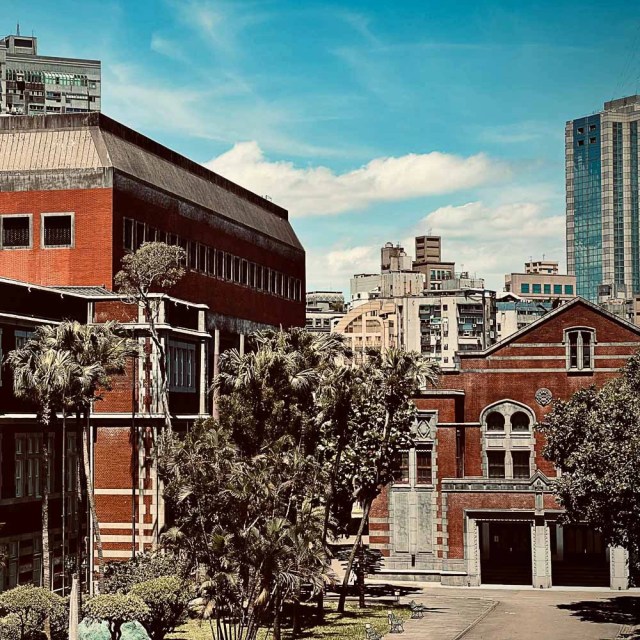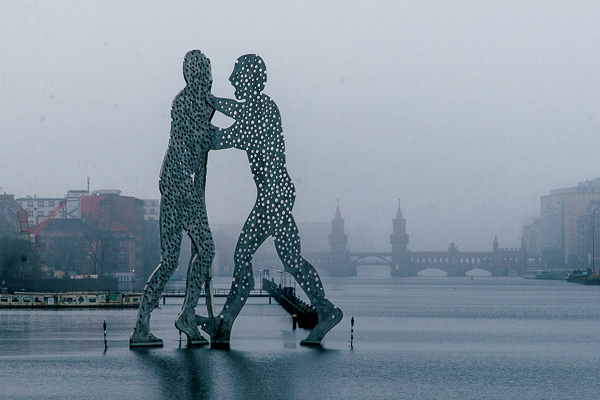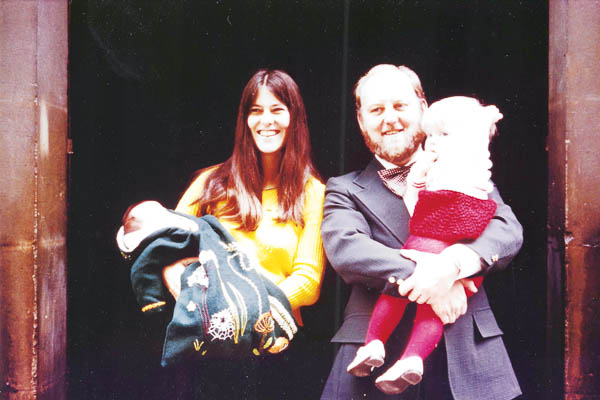The Silver Man

The Brandenburg Gate. A German national monument to grandeur, stolen by Napoleon and abused by Hitler. At the foot of the Gate, there are numerous entertainers. The Silver Man catches our attention. He has painted his entire body silver. He stands on a box and when a passerby throws some coins into his hat, he moves like a robot. My children are mesmerized and ask to make him work. I scrounge around in my wallet for a few lonely coins. One of my boys throws them into the hat. The Silver Man moves slowly and mechanically. He glances down at his hat and stops. He picks up our coins and starts toward me. He opens my hand, slaps the coins into it and asks: “How much do you make per hour?” I am stunned. Anger bubbles up within me, and I turn away from my silver adversary. After all, a few coins add up to a pretty respectable hourly pay, and beggars can’t be choosers. The anger continues to rise in me, and I am surprised to hear myself yelling repeatedly: “I hate Germany, I hate Germans.” To my great shame, the words were spilled at the foot of the monument that represents the nation I’m supposed to love and serve.
For many years this event symbolized to me the response of so many to the message of grace we were bringing to them. Though spiritually poor and needy, they refused the help the message offered. Were we casting our pearls before swine? It was so painful to have the pearl of grace slapped back into our hands.
Years later, an even more painful truth percolates through my soul: I am the Silver Man. He and I are blood relatives. He slashed open a wound full of ugliness in me: criticism, slander, rudeness, rejection, which became part of my act. I was angry that people were not throwing enough coins into my hat. Did I believe the message I was preaching from atop my missionary box? Did I really believe that I cannot impress God with my silvery appearance? That He wants me to step off my box, get down into the crowd and look them in the eye with sadness instead of anger?
God used a silver man to lance my wound at the foot of the Brandenburg Gate. But in reality, it was at the foot of the cross that Jesus, betrayed for silver coins, was lanced for me. The monument to my shame and the place of my healing and glory are one and the same: the cross. May the Brandenburg Gate someday stand as a monument to the healing and glory of the nation of Germany as silver men and women, one by one, understand that they “were ransomed. . . not with perishable things such as silver or gold but with the precious blood of Christ” (1 Pet. 1:18–19 ESV).
This was originally published in The Journey devotional. Eowyn Stoddard serves with MTW in Germany.





